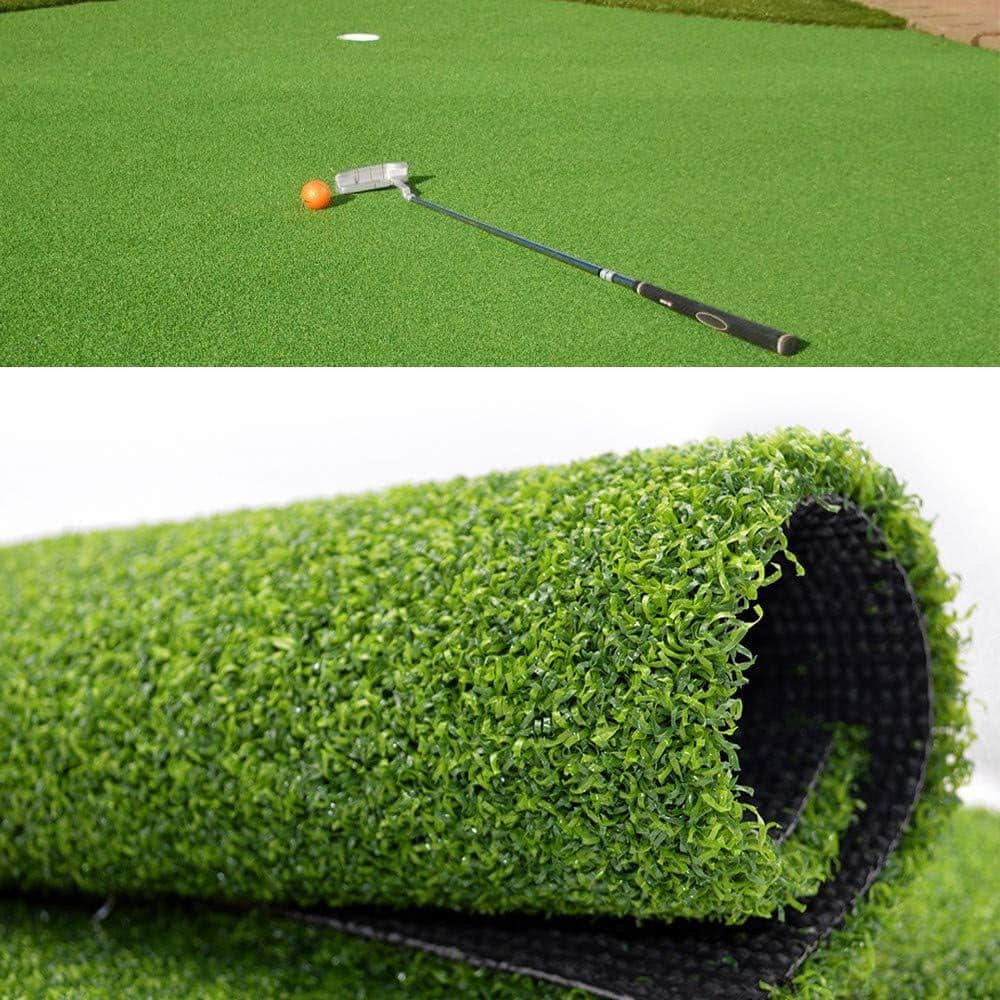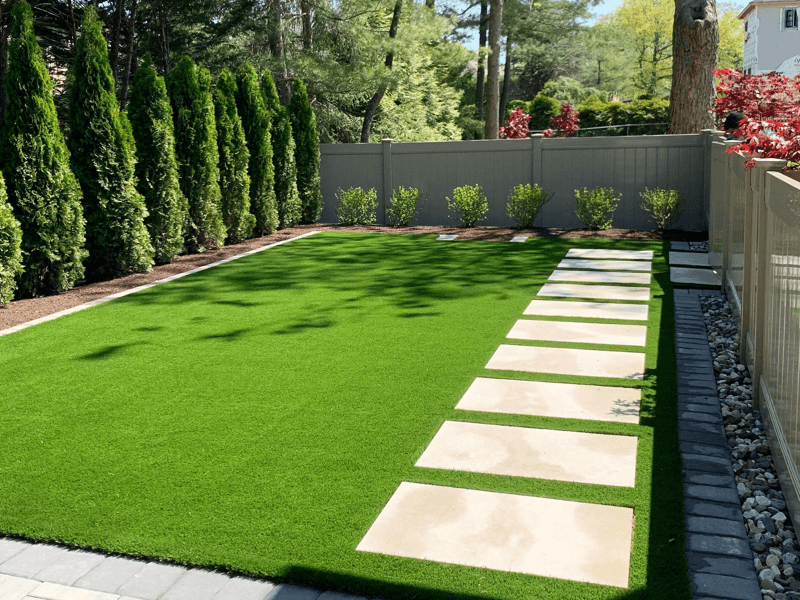Transform Your Outdoor Space with Arizona Artificial Turf for a Evergreen Green Look
Transform Your Outdoor Space with Arizona Artificial Turf for a Evergreen Green Look
Blog Article
Delve Into the Environmental Benefits of Opting for Synthetic Grass Solutions
The adoption of synthetic grass remedies provides an engaging opportunity to address pushing environmental challenges. By considerably decreasing water usage and lessening the application of harmful chemicals, these choices not just advertise lasting landscaping however also secure local ecological communities. Furthermore, the reduced carbon footprint connected with decreased upkeep tasks adds to an extra lasting method to land management. However, the ramifications of these advantages expand past mere conservation efforts, elevating inquiries regarding their lasting effect on environment conservation and total eco-friendly equilibrium. Exploring these dimensions exposes a complex interplay worth taking into consideration.
Water Conservation Benefits
One of the most substantial benefits of synthetic grass is its ability to conserve water. Traditional grass lawns call for significant watering, specifically in areas vulnerable to dry spell or water constraints. In comparison, fabricated turf does not need watering, significantly reducing the total demand for water sources. This attribute is especially advantageous in dry regions where water shortage is a pushing issue.
By removing the demand for routine watering, man-made turf adds to lasting landscape methods and aids minimize the ecological effect of extreme water usage. Moreover, the conservation of water encompasses the decrease of overflow, which can lead to dirt disintegration and waterway air pollution.
In addition, the setup of synthetic grass allows communities and property owners to allocate water resources extra efficiently, concentrating on vital uses such as alcohol consumption water and farming. The shift towards synthetic lawn not just promotes accountable water use but likewise aligns with more comprehensive environmental objectives focused on protecting natural deposits.
As communities progressively focus on sustainability, the water conservation advantages of fabricated turf present an engaging situation for its adoption in industrial and property landscaping projects.
Decreased Chemical Usage
The shift to synthetic grass significantly decreases the reliance on chemical therapies typically made use of in all-natural yard upkeep. Traditional lawn administration commonly involves the application of pesticides, herbicides, and plant foods to promote growth and control insects. These chemicals can posture risks to human health and wellness, regional wild animals, and the setting, adding to dirt and water contamination.
On the other hand, synthetic grass gets rid of the demand for these unsafe substances. Once mounted, it calls for very little maintenance, largely including regular cleaning and irregular infill replenishment. This decrease in chemical usage not only profits the instant atmosphere yet likewise contributes to more comprehensive environmental security. By decreasing the release of synthetic compounds into the community, synthetic turf advertises healthier soil and water systems.
Furthermore, the lack of chemical drainage connected with fabricated grass installments helps shield regional rivers from pollution, supporting water life and maintaining biodiversity. Turf installation phoenix az. As areas increasingly focus on sustainable methods, going with synthetic grass presents a practical option that aligns with environmental preservation goals. With this shift, homeowner can take pleasure in rich green rooms without endangering ecological wellness, leading the way for a much more sustainable future
Reduced Carbon Impact

In addition, the setup of synthetic grass can lead to substantial water preservation. Natural grass need significant amounts of water for watering, which not only adds to the carbon impact associated with water extraction and treatment however additionally strains local water resources. In contrast, fabricated lawn requires very little maintenance, requiring no watering, consequently substantially reducing water usage and its connected power expenses.
Additionally, the longevity of artificial grass adds to its decreased carbon impact. With a life-span of up to 15 years or more, the need for regular substitutes is lessened, leading to much less look at these guys waste and lower power intake in manufacturing and taking care of traditional turf options. On the whole, fabricated lawn offers a lasting alternative for ecologically mindful landscape design.
Habitat Conservation
Habitat preservation is an essential consideration in the debate over landscaping options, especially when comparing man-made grass to natural lawn. Natural lawn yards commonly call for considerable upkeep, including making use of herbicides, plant foods, and chemicals, which can adversely impact local communities. These chemicals can seep into the dirt and rivers, damaging indigenous flora and animals and interrupting regional environments.
Man-made lawn eliminates the requirement for hazardous chemicals, thereby safeguarding close-by wildlife and preserving the stability of bordering ecosystems. The setup of synthetic turf can lead to the conversion of previous lawn areas into even more biodiverse landscapes, such as pollinator yards or native plant areas, which can sustain neighborhood wild animals.
Inevitably, the change to synthetic lawn not only saves water and lowers maintenance efforts however likewise promotes an extra harmonious partnership between human activities and the native environment, advertising habitat conservation in the process.
Long-Term Sustainability
Long-term sustainability is a vital element in evaluating the benefits of synthetic grass over typical lawn lawns. One of one of the most significant advantages of synthetic grass is its toughness; it can last up to 15-20 years with very little upkeep, whereas all-natural turf needs regular reseeding and substitute. This long life lowers the requirement for constant sources, such as water, plant foods, and chemicals, which are necessary for preserving a healthy turf lawn.
In addition, synthetic grass adds to a decrease in carbon emissions related to lawn treatment devices. Traditional grass often require gas-powered lawn mowers, leaners, and blowers, all of which add to air contamination. Arizona artificial turf. In contrast, fabricated turf gets rid of the demand for such devices, advertising a cleaner setting
Furthermore, the production of synthetic grass increasingly uses recycled products, boosting its sustainability profile. As producers embrace environmentally friendly techniques, the ecological impact of synthetic grass proceeds to diminish.

Final Thought
The fostering of synthetic grass solutions offers considerable find more ecological benefits, including considerable water preservation, reduced dependence on damaging chemicals, and a lower carbon footprint. In addition, fabricated lawn help in protecting all-natural environments by lessening land disruption and promoting long-term sustainability through the use of durable products. Collectively, these variables highlight the potential of synthetic grass to add positively to environmental health and offer a sensible choice to typical landscape design techniques in a progressively resource-conscious globe.
In comparison, read this article artificial lawn does not need watering, considerably lowering the general demand for water resources. By reducing the launch of synthetic substances right into the community, artificial grass promotes much healthier soil and water systems.
Furthermore, the setup of artificial lawn can result in significant water preservation. In comparison, fabricated grass requires marginal upkeep, calling for no watering, consequently considerably lowering water usage and its linked power costs.

Report this page